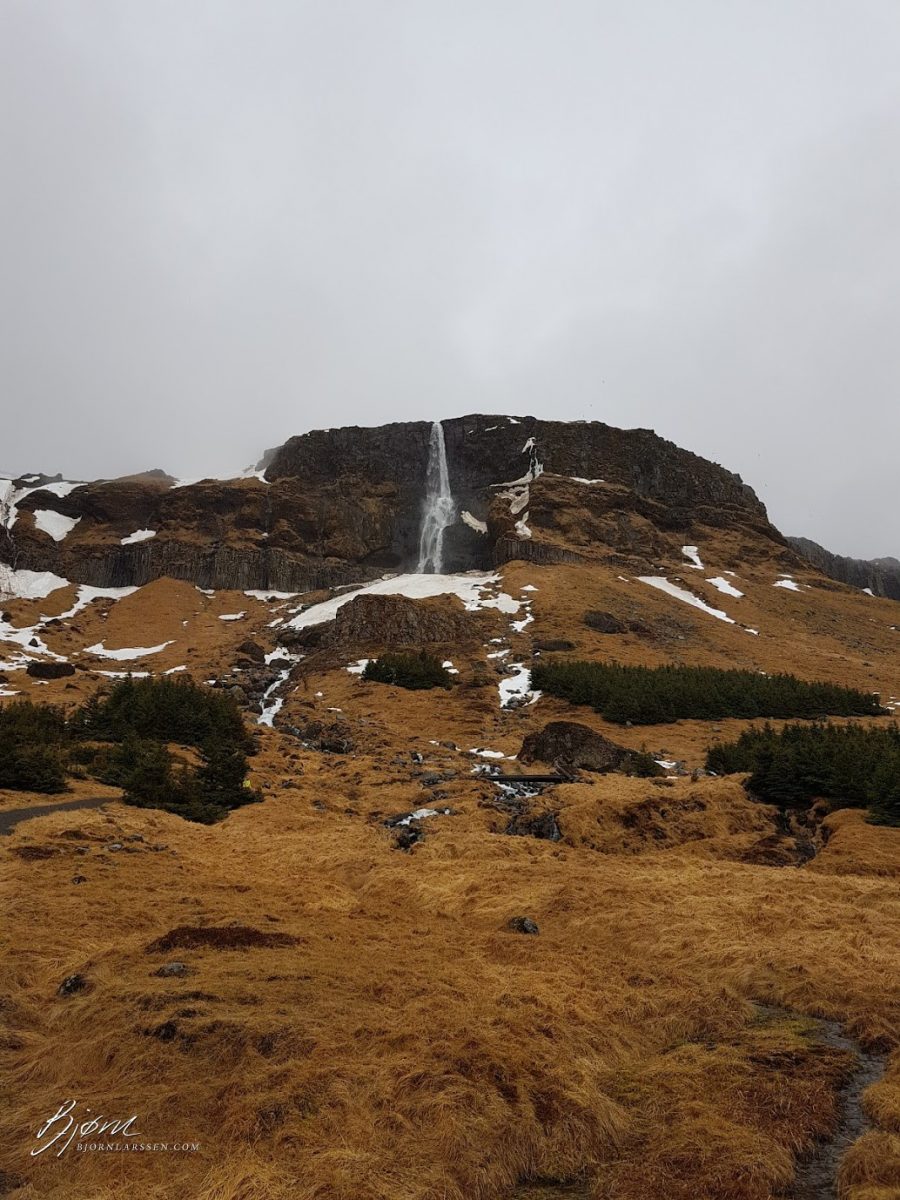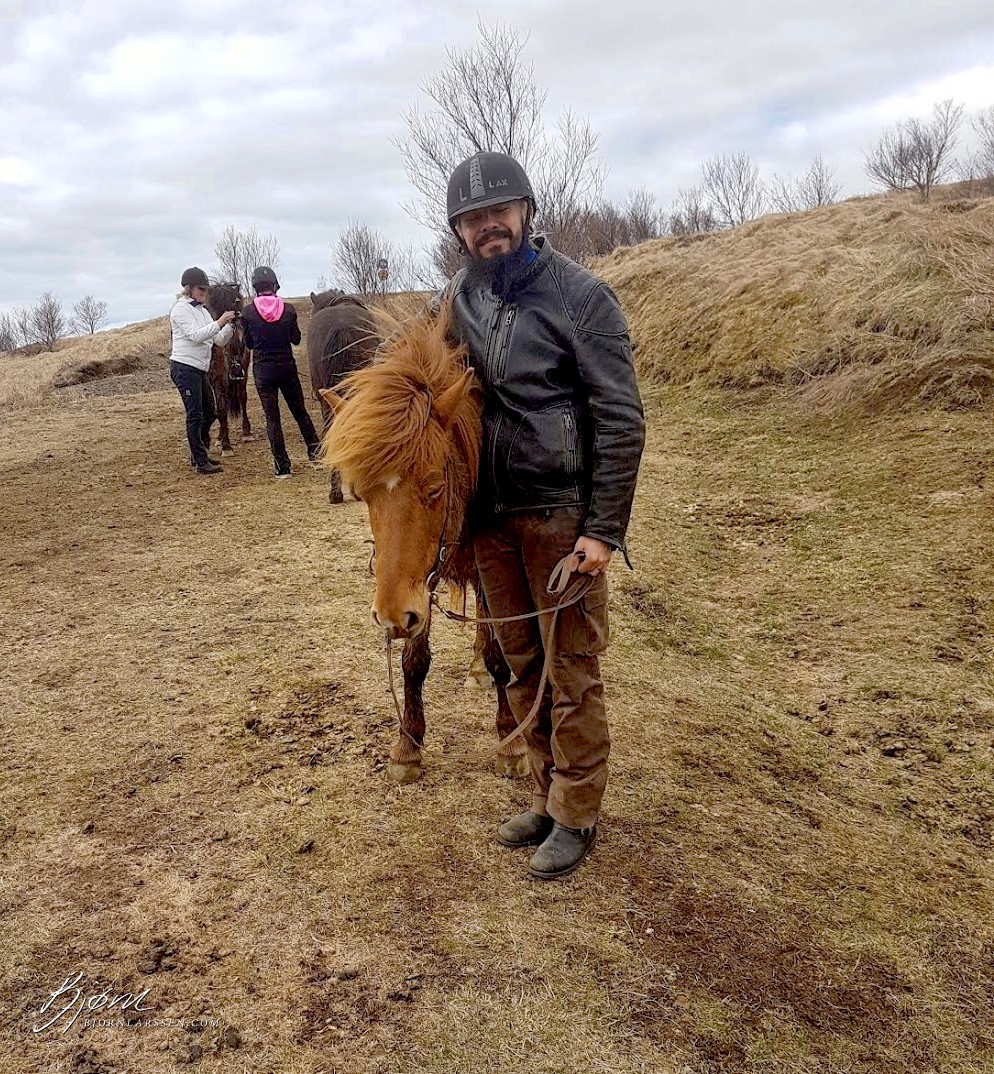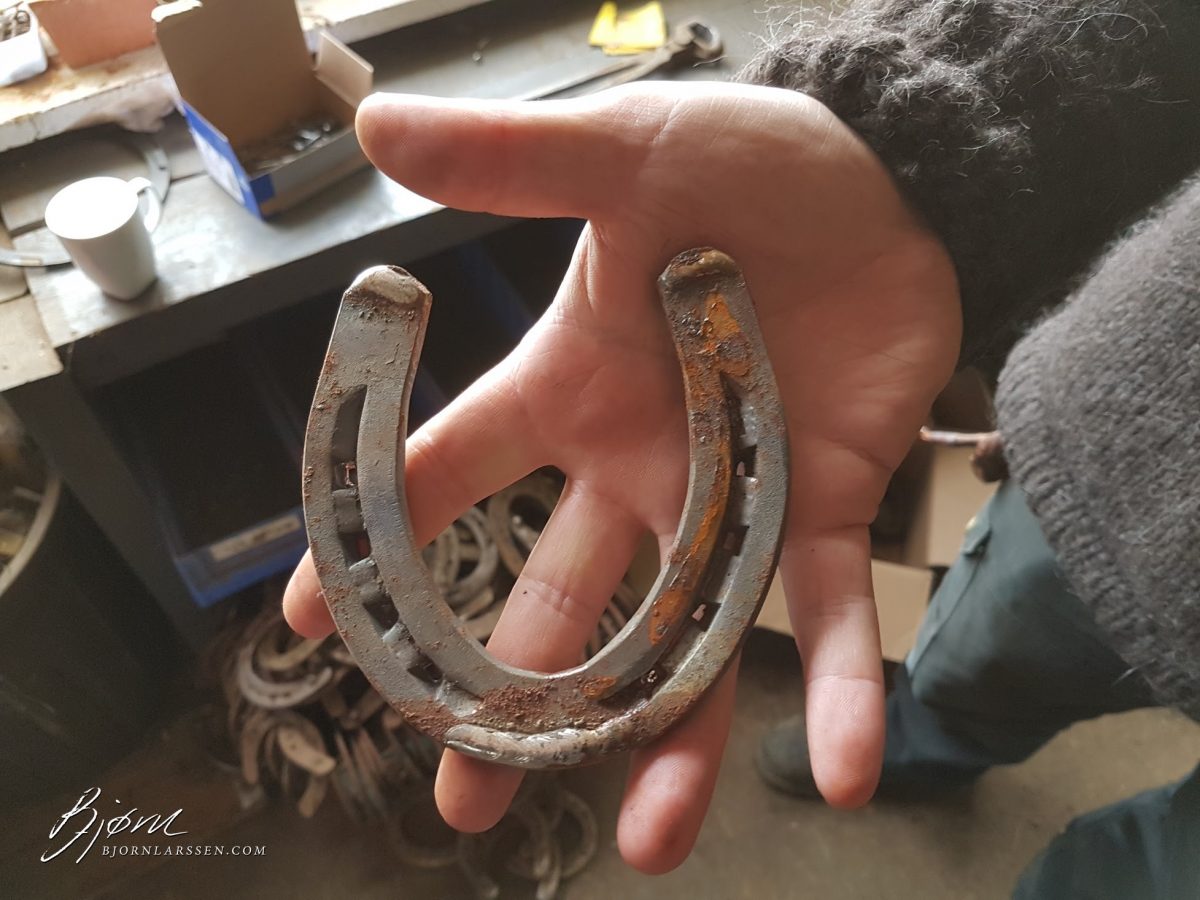A long time ago, there was a blacksmith…

How I became a blacksmith: Part 1 • Part 2
I think the first time I actually felt I was a blacksmith was when I bought my own anvil, Bubba (presented above with a small selection of tools I was using).
Or perhaps it was when Casper the Master Smith said he thought of me as “a blacksmith with less experience”, and I kinda died and went to heaven.
It might also have been when I started noticing I can work without thinking at all. It was a meditative sort of experience. Hands did the work, my mind floated peacefully. It was the first time I understood why people meditate. I felt serene, happy, watched my hands do what they were supposed to, cursed when I got a burn (which happens often), and enjoyed the fact I was doing one of the most butch things one can do while listening to Kylie Minogue and Janet Jackson.
(As an aside, there are amazing female blacksmiths, which is a factoid known to even less people than the fact blacksmiths do more than make horseshoes.)
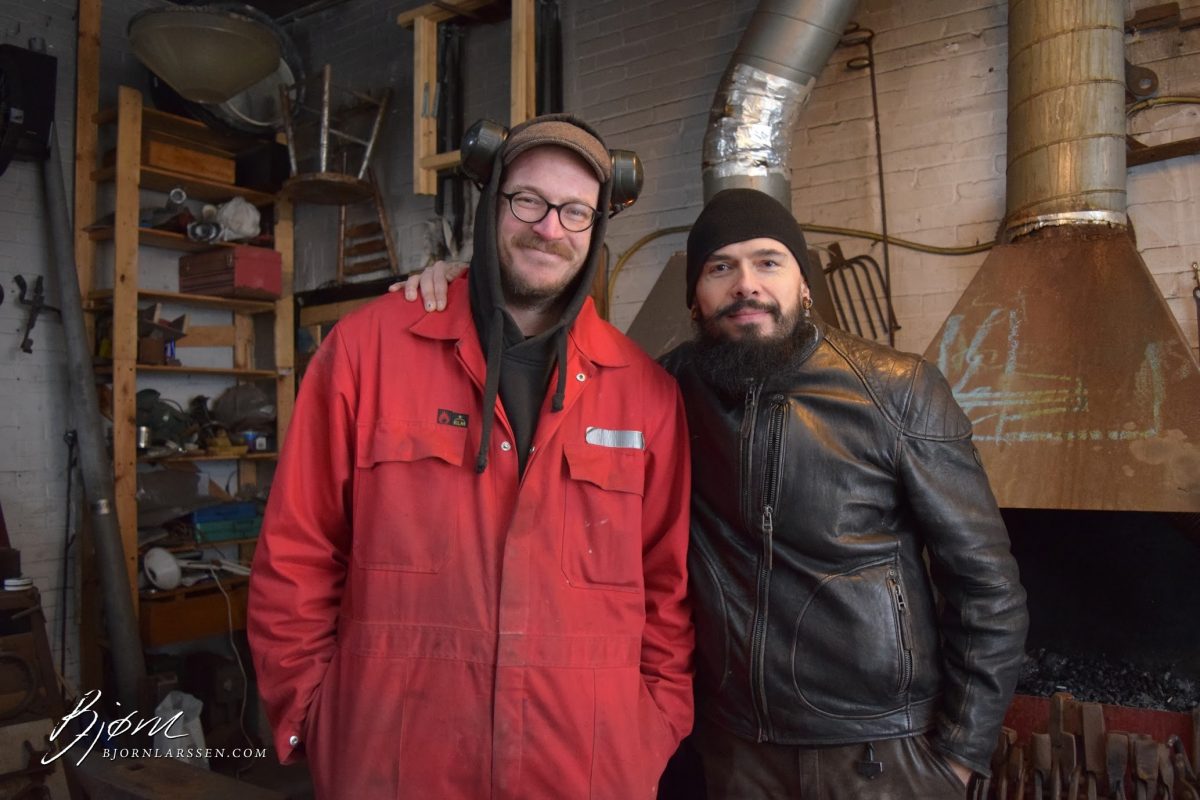
With Casper. (Those are not his real ears.)
It was thanks to Casper that I got to start practising forging. He told me he had space for someone to work, but wouldn’t be able to serve as a teacher. Since I felt I learned a lot in Poland, this was an arrangement that worked for me. Afterwards Casper helped me quite a bit, actually, and when I say quite a bit I mean a lot. At the beginning I was capable of making a mistake even when choosing stock, because my M.Sc. in maths made me forget that materials had thickness. I would be measuring something, then turn it into a metal ring, and to my surprise discover it was smaller than I expected it to be. But I think I only made that mistake 100 times before I finally learned. Although, come to think of it, there’s a chance I had to stop before I learned.
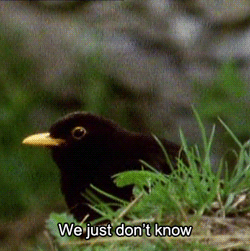
One of my favourite things to do was acquiring new skills. Among them were two sorts of welding: electrical and forge welding. The first one is kind of self-explanatory. But it felt like magic, because at the beginning of the day I was still terrified of the electrodes and I just waited to die, and at the end of the day I was making welds like the big boy I was. They were awful welds, but I was fucking them up all by myself! I couldn’t sleep that night, excited by the possibilities, by the fact I was doing it at all. When I was a good boy growing up in front of his computer I didn’t expect to one day find myself welding pieces of metal, and loving every moment. Why would I? It wasn’t even a dream, it was way beyond that.
Forge welding is what happens when you heat the metal right to the temperature where it begins to melt. One needs a really hot fire for this, really good eyesight, really good coordination, and a much lighter hammer than you would expect. The metal is essentially very thick liquid at this point, and if you hit it hard you’ll have drops flying around, wasting material. When you see photos of blacksmiths with sparks flying around, that means they were just posing for a picture, as the metal is then ruined. If a blacksmith isn’t posing for pictures and has all those sparks flying around, it means they aren’t good enough at their job. Not that it happened to me or anything.

That’s the healthy amount of sparks. This forge weld worked, and I was super proud even though the effect wasn’t actually usable for anything but practice. I still have that piece.
One of my favourite memories from those years is making an alien plant. For fun, I took the picture below. The plant sold within 40 minutes from me placing this photo on Facebook. The buyer said she wasn’t sure whether it would be worth the price and she expected to haggle a bit, but when she saw it she decided it was worth every cent. I later made a double plant, Patsy and Eddie, which you can get from Etsy. I don’t think I had the first plant long enough to decide on the name. I utilised a LOT of techniques I learned to make those plants. And from all I know, its owner was happy.

One of the things that made me happy was the fact that my works will be around a long time after I die. I used to walk by gates that I knew got forged 200 years ago, they were still very much in use, looked gorgeous, and made me happy. I’d just touch the metal, and feel a spark of connection between me and that long dead blacksmith who made the gate. I loved being dirty, sweaty, experiencing that lovely muscle ache that tells you you’ve worked hard. I put as many of those experiences in the novel I’m writing, and it felt great to revisit them. In fact, I put too many of them in, and the editor I am working with asked me politely to remove 50 pages some of them. I’ve made those connected hearts, and told people nobody will be able to split them… except, of course, for a blacksmith. Those hearts also proved popular, and made lovely gifts for people.

(They are golden, not green. Blame the phone camera.)
I have so many amazing memories from that time. Asking to use the 18 kg (40 pound) big grinder, being told time will come for that and the small one will do for now, then the time actually coming and me being like o-o-h-h-m-m-y-y-th-is-ma-ke-s-my-han-ds-vib-ra-te. (I had muscle pain IN MY FINGERS.) Doing the forge welding on my own, and actually succeeding. (The technique was employed in both the alien plants.) Making my own tools – how many jobs allow you to start with literally two tools, a hammer and one pair of tongs, and use those to produce everything else you need? One of the things Casper and me did was turning a shop-bought boring hammer into a proper forging one, and that was HARD – but extremely rewarding. This hammer served me until the last time I visited the forge, and I still have it. In all probability I will use that hammer forever.

His name is Johnno.
Now, in 2018, my wrists and hands are covered in scars, and I am proud of those. I earned them. Pro-tip: if you have low pain tolerance, do something else. But if you like playing with fire, getting legit dirty, if the thought of turning square metal stock into a rose excites you, if you want to create work that will still be useful decades from now, I can’t think of anything better to do. I don’t actually have many of my works around, as a large part of them was either sold or given away. I’ve made sculptures in 2D and 3D, a wizard staff that sold before I had a chance to finish it, tools that remain usable today, a shoerack we’re using, ashtrays, bowls, more and different alien and non-alien plants…
In part four I will explain why I no longer work as a blacksmith, which is not to say I don’t intend to ever try again. It’s the best job on Earth as far as I am concerned, even though you’re very unlikely to make money from it. How do I know that? The picture below (by Dorota Kozerska) shows exactly how I felt most of the time.


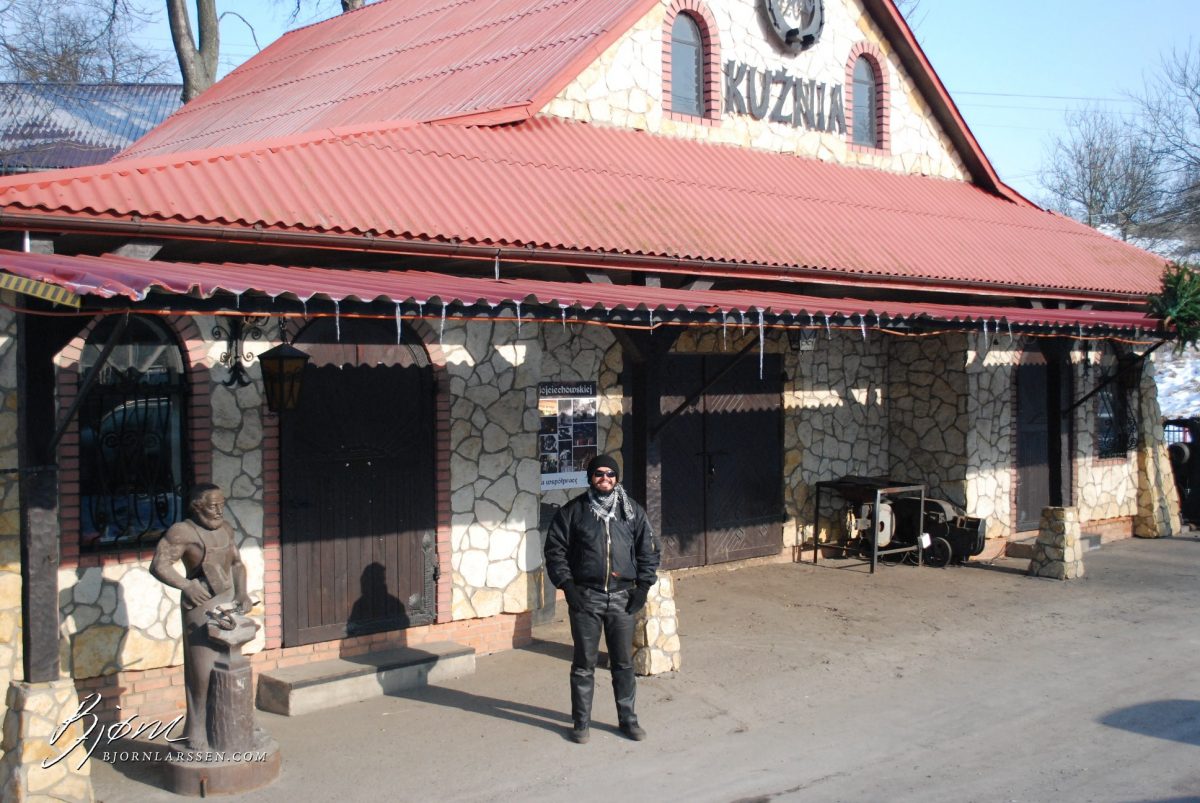













 I’ve been thinking about this post for a while already. I decided to finally write it when I read – on the fantastic
I’ve been thinking about this post for a while already. I decided to finally write it when I read – on the fantastic 















